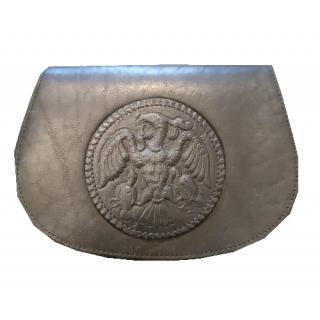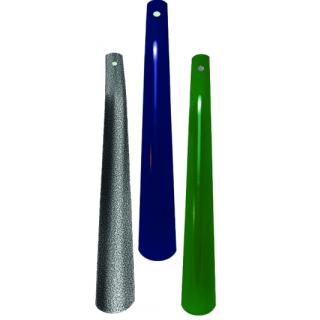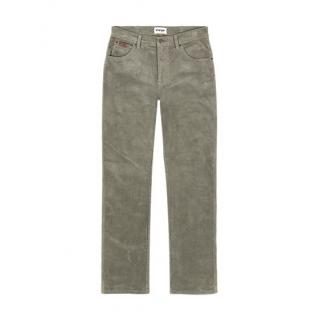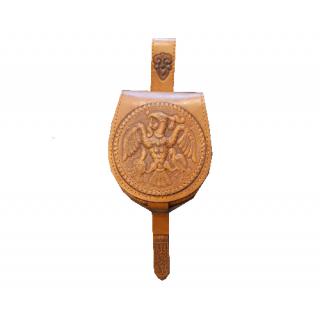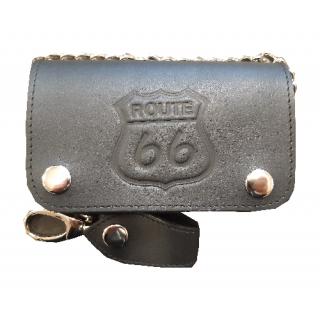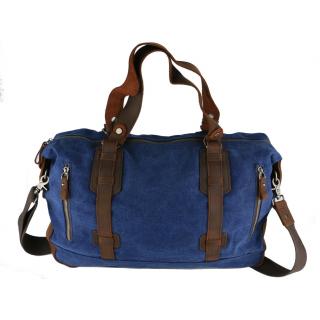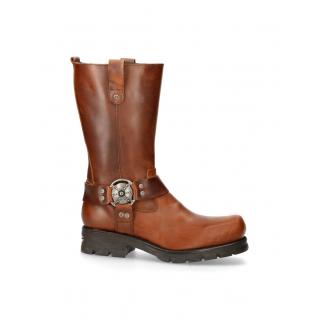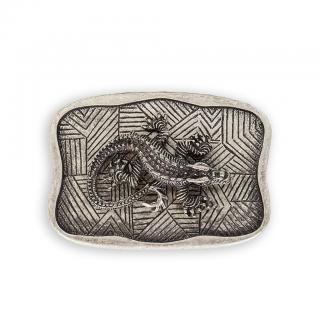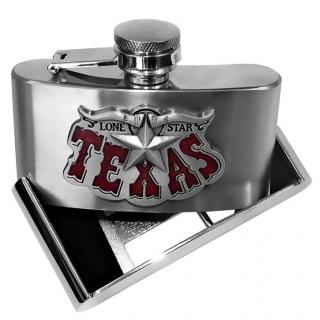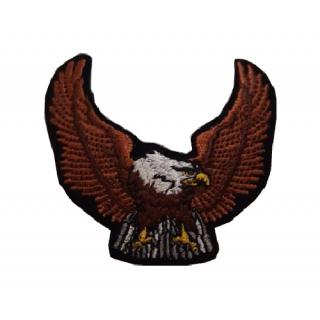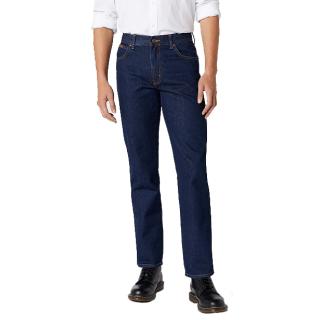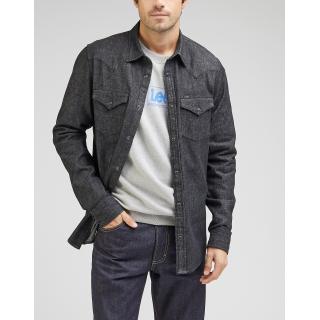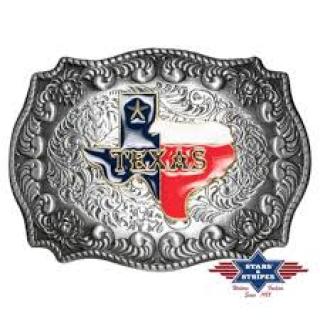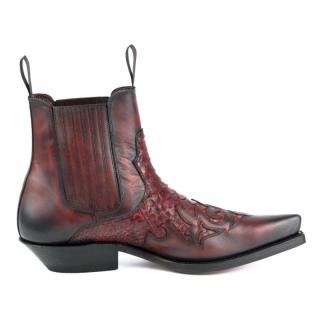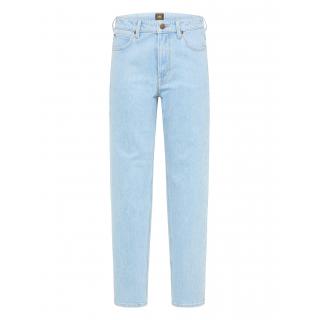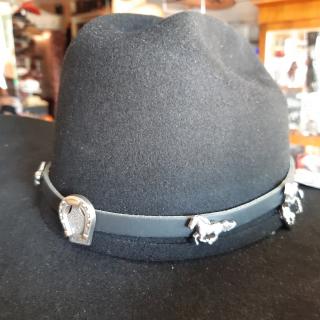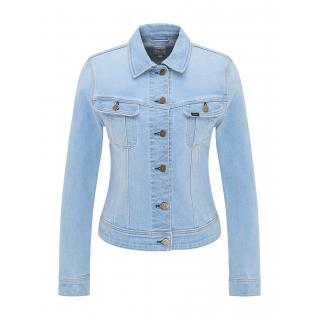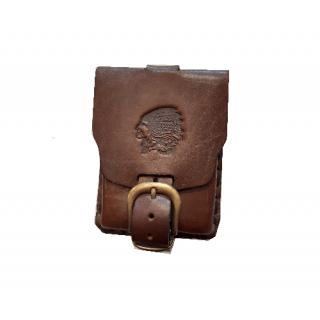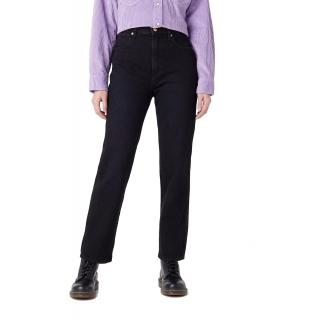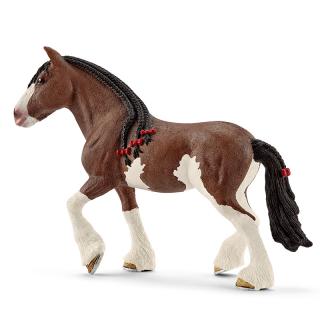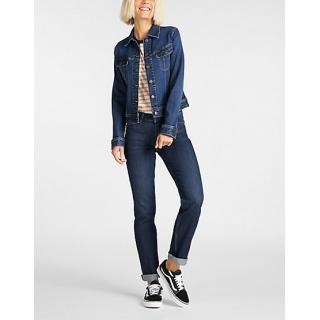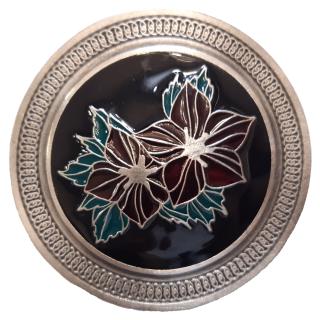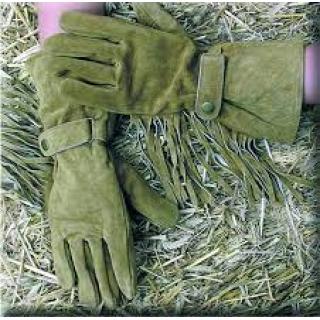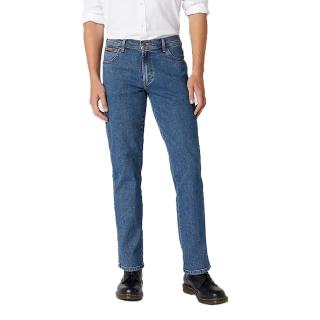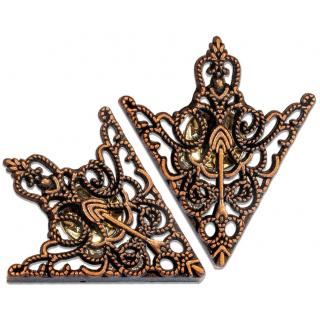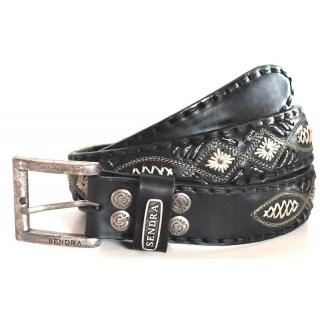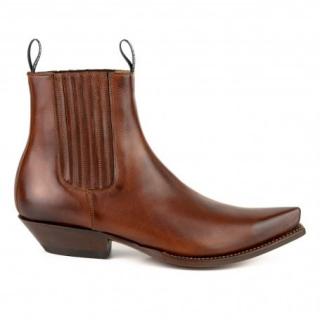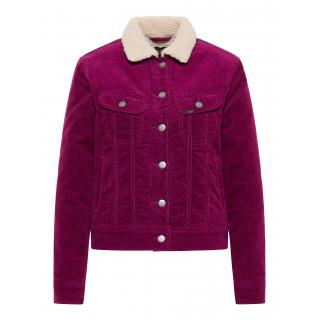
A Brief History of Jeans
Like so many other things, jeans are not a uniquely American invention, but this continent created the opportunity for them to become a true cult item.
Originally, the precursor of this garment was made for the Genoese sailors and stevedores who performed quite strenuous physical labor in the mid-19th century. The term "blue jeans," commonly used in the English-speaking world, also originates from the French expression "bleu de Gênes" (meaning "blue of Genoa").
Interestingly, in other languages, the names tend to emphasize American origins, particularly the association with cowboys and rural use.

- In Spanish: "vaqueros" (meaning cowboys) or "tejanos" (referring to Texans).
- In Chinese: "níazaíku" (meaning cowboy pants).
The Hungarian term "farmernadrág" also fits into this category.

Jeans were originally made from an extremely strong-woven fabric called "denim," which derives its name from the French city of Nîmes. Due to its durability, these pants were suitable for the Genoese Navy, where sailors would kneel in them to scrub the ship's deck. Afterward, they would be tied in a net and washed in the sea.
Traditionally, jeans were dyed blue using indigo dye, but today, you can find them in various colors.
...approximately 20 million tons of indigo dye are produced each year for dyeing jeans, and only a few grams are needed for a single pair of jeans.
The journey of jeans in North America began in the 1850s. During this time, Levi Strauss, a German-Jewish immigrant who had settled in California, sold jeans from Europe to local miners under the Levi's brand.

Among his customers was a Latvian-born German immigrant named Jacob Davis, who once told Strauss about an innovative idea related to jeans and quickly became his business partner.

This idea aimed to reinforce the heavily stressed parts of the jeans, and it involved the use of rivets. In 1873, they patented this significant innovation with the United States Patent Office.
...in the original patent description, Strauss and Davis even marked a riveting point near the crotch area, but they later abandoned it due to complaints from cowboys. The rivets were sometimes uncomfortable when sitting near the campfire.
Until the mid-20th century, jeans were primarily worn by factory workers, farmers, and cowboys, who referred to them as "waist overalls." The term "blue jeans" only became common in the 1960s.

In terms of cut, early jeans were indeed looser-fitting compared to today's tighter styles. One difference over time was that while men's jeans had a zipper in the front, women's jeans had a side closure until the 1960s.
However, when James Dean wore jeans in the 1955 film "Rebel Without a Cause," there was no stopping their conquest of the wider population. Jeans inevitably became a symbol of rebellious youth, and their wear was often banned in theaters, restaurants, and schools.

In the 1960s, jeans gradually gained broader acceptance, and by the 1970s, they were considered fashionable across America.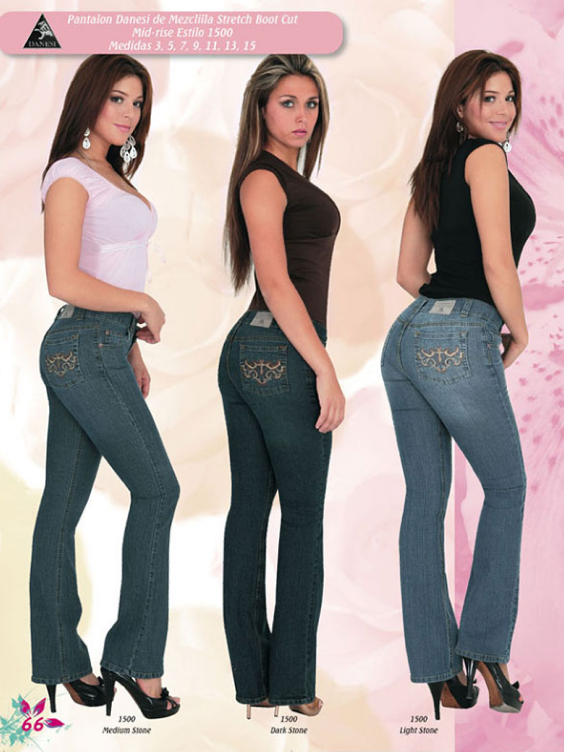
In the mid-1970s, a revolutionary change occurred in jeans history, specifically in denim fabric production. Stone-washing technology emerged in the textile industry, opening up new styles and age groups for jeans.
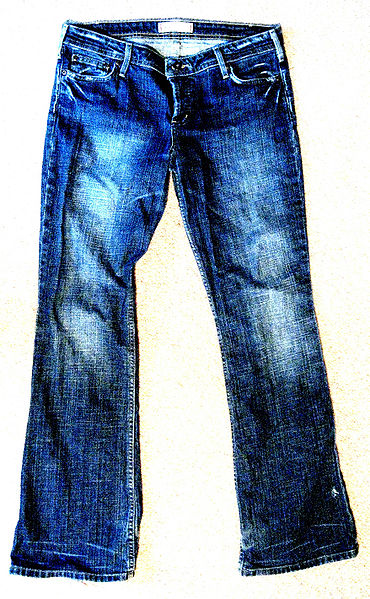
And what's the situation today? If you have eyes, you wouldn't even ask. If you look around on the street, you'd be surprised if you didn't see anyone wearing jeans.

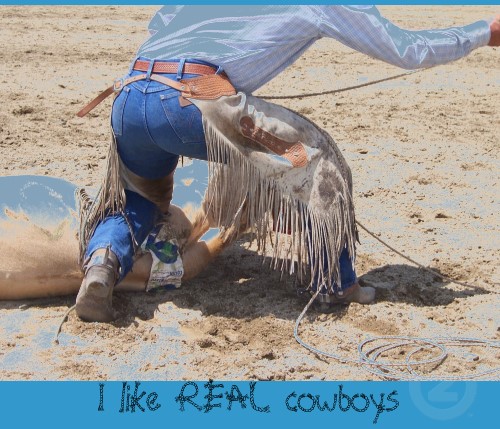
...the average North American owns 7 pairs of jeans, and in 2004 and the American population spent 14 billion dollars on jeans.

After all, this indestructible material and its myriad styles have made jeans a part of people's everyday lives worldwide. An interesting note is that, as they age and wear out, jeans don't lose their value.
For those who have found a true pair, based on their own experience, they will undoubtedly agree with us when we say: Jeans never disappear; they only transform. So, wear them with the same satisfaction!

